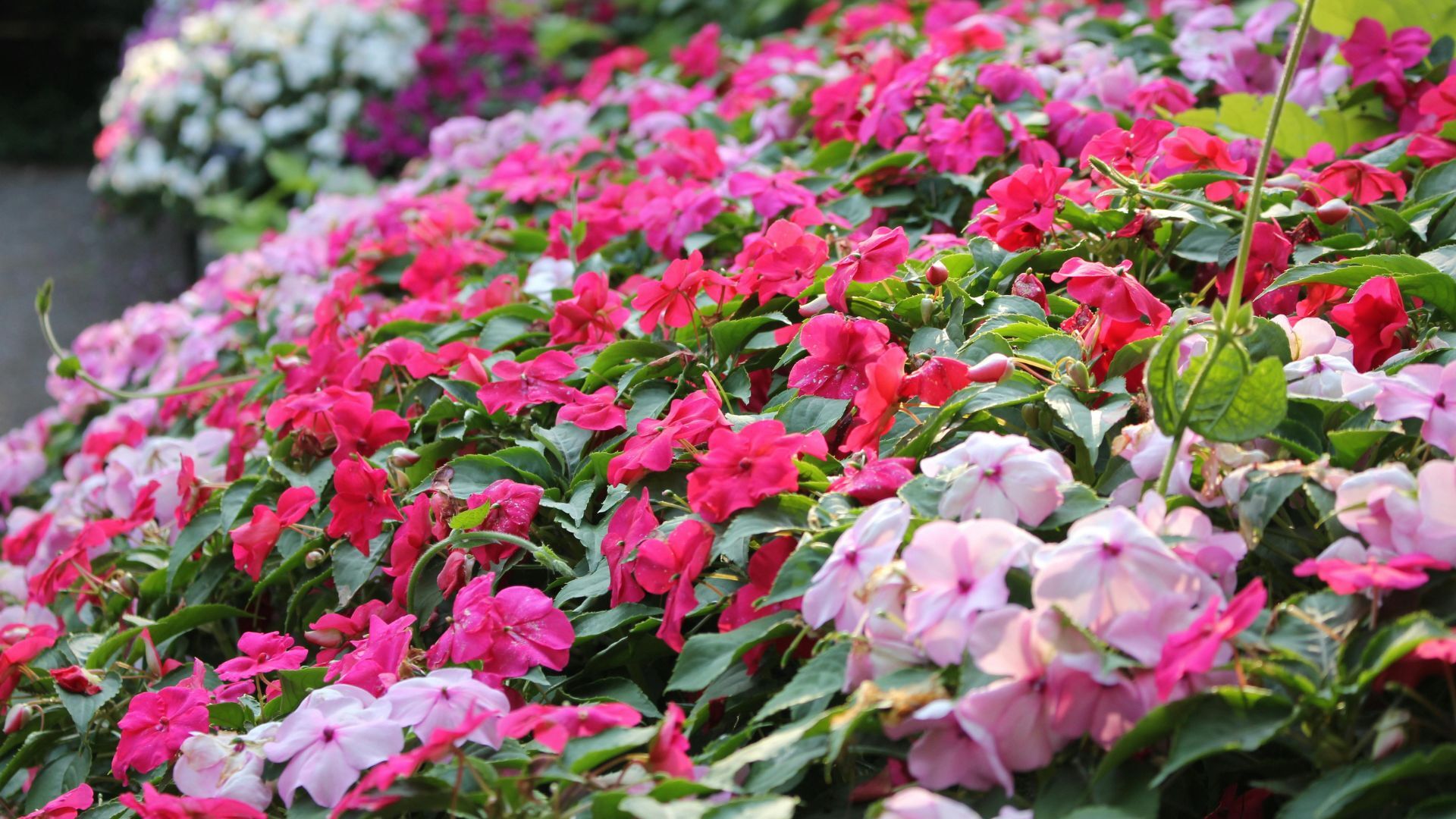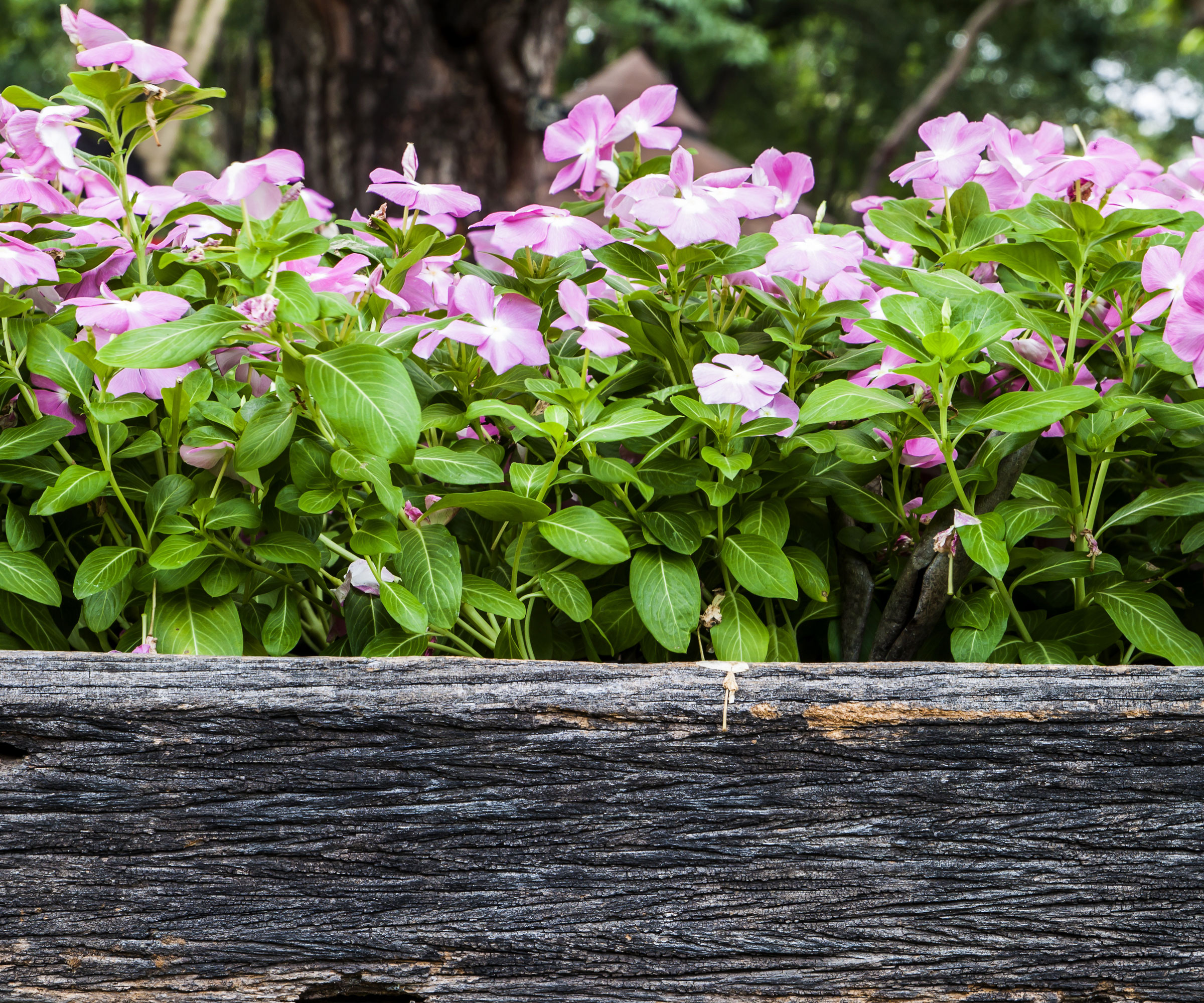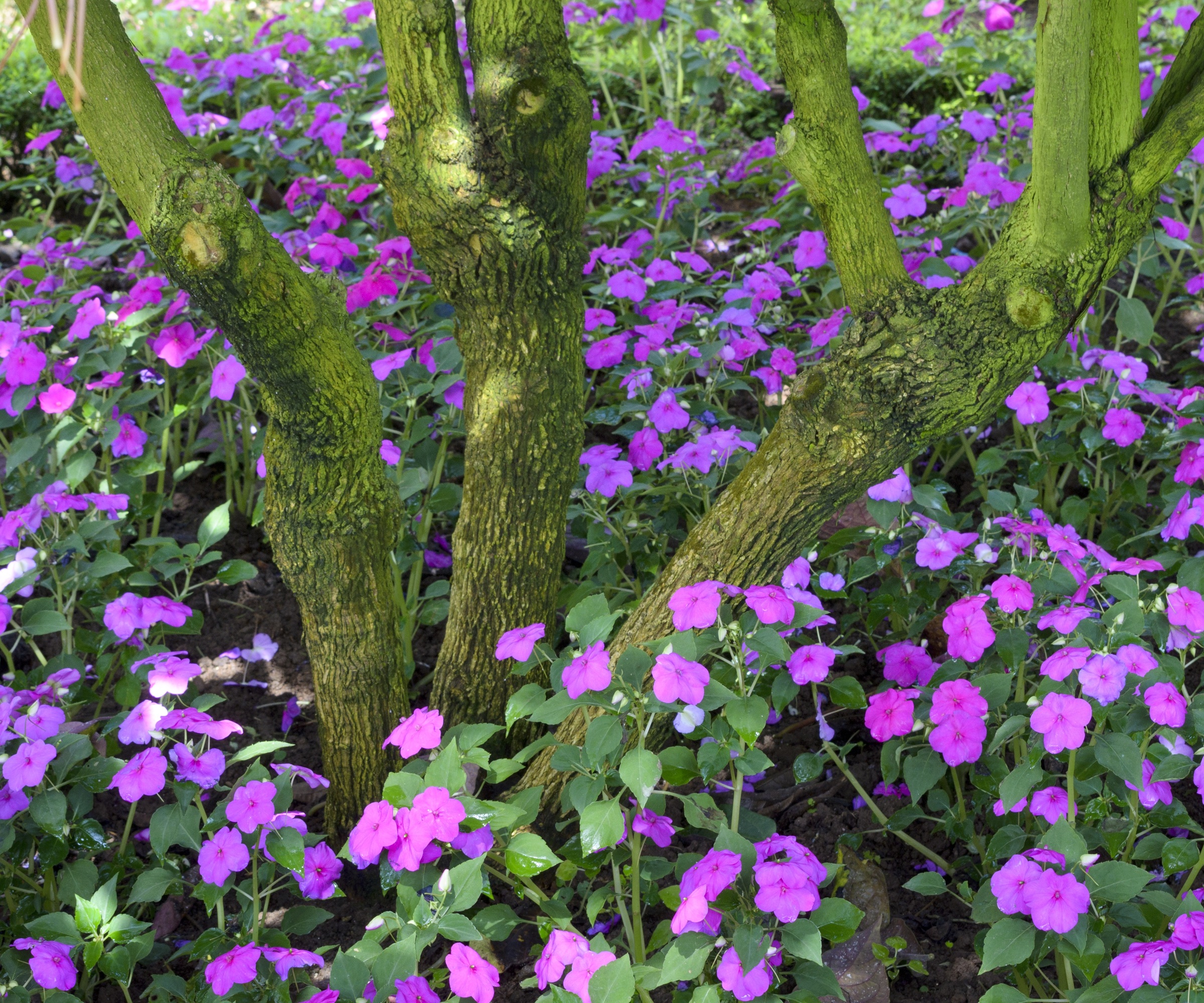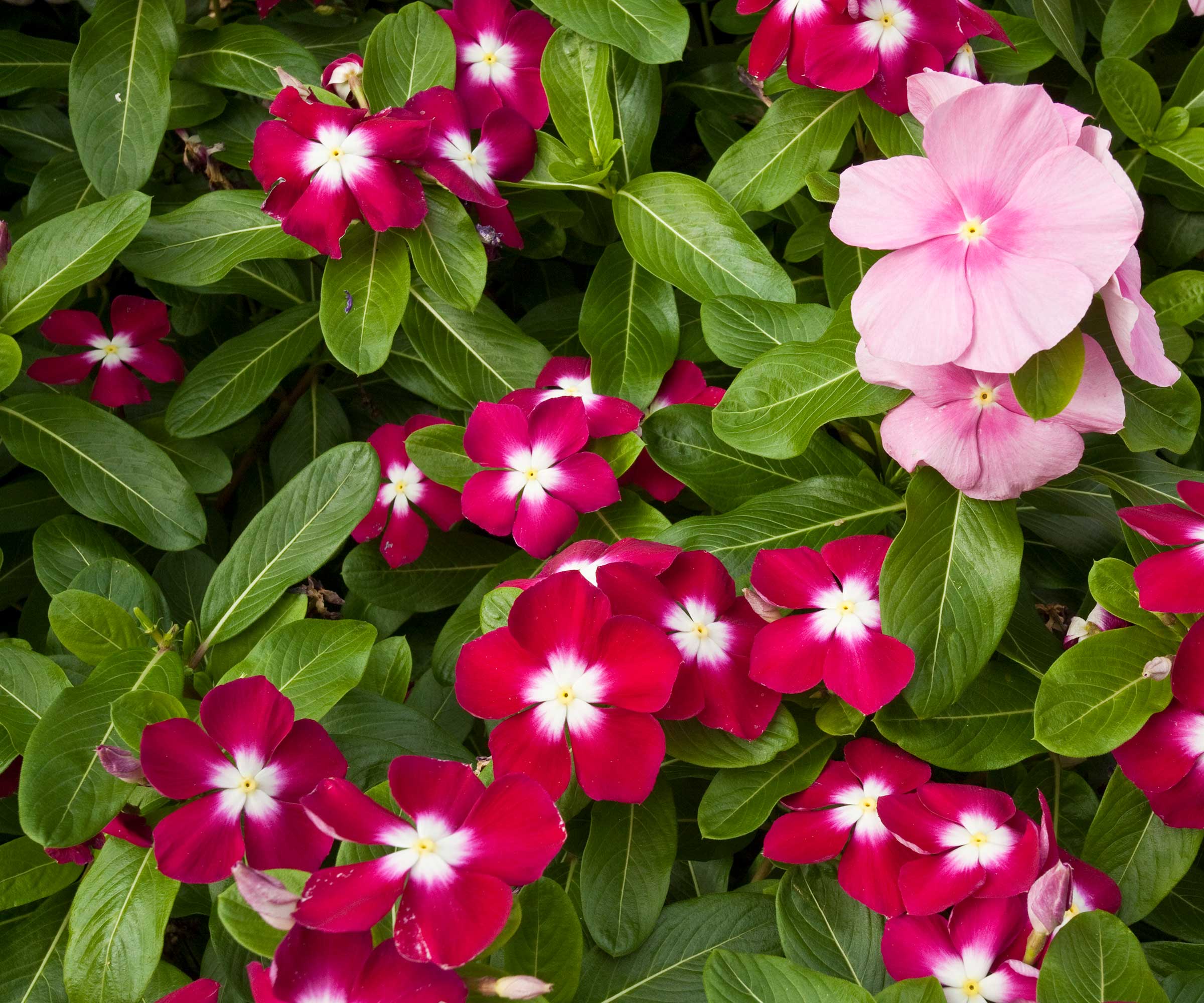
Affectionately named 'Busy Lizzie', impatiens are winsome, happy little flowers that, for many of us, conjure up nostalgic memories of days gone by. They're loved for their full-throttle flowering right up to the first frost, and their kaleidoscopic range of splendid colors.
Knowing how to grow impatiens is a doddle, but did you know that deadheading impatiens is vital for encouraging yet more blooms?
Luckily, they don't need deadheading often, but they will serve even more flower power if you do. Here's when, why, and crucially, how to deadhead these sprightly summertime blooms.

Do I need to deadhead impatiens?

If you want your impatiens to stay picture perfect, then, yes, in short, you do need to deadhead them.
Regular deadheading helps to maintain neat displays, and if they're left to their own devices, impatiens will quickly look very shabby. What's more, if you forgo deadheading, they will not be jolted into producing more flowers, so you will have a far less productive plant overall.
When we don't deadhead impatiens, the spent flowers will drop off and rot, which very often causes outbreaks of grey mold. It is best to remove spent flowers before they drop off of their own accord, and allow the energy to be redirected back into the plant so it can produce more flowers for your garden.
When to deadhead impatiens

Impatiens can be deadheaded at any time during the growing and flowering season. Impatiens typically bloom from spring through fall, so they can be deadheaded for many months, and still produce more and more flowers.
Keep an eye out for spent flowers. They naturally fall away from the plant, but removing them before they drop off will allow your impatiens to redirect its energy into creating more blooms.
How to deadhead impatiens

Knowing how to deadhead impatiens is wonderfully straightforward. Firstly, identify those spent flowers you wish to remove. Flowers that are over will appear wilted, or even have collapsed.
Remove the entire stem of the faded flower, either with scissors or you can use your fingers to pinch them off. You will want to remove back to a node, which is the point in the stem where new growth can come through.
To avoid one of the most common deadheading mistakes, never remove more than one-third of the plant (they won't thank you for it).
Repeat this regularly throughout the growing season, ideally weekly.
If you're worried your busy Lizzies are looking spindly, and there is a frustratingly large space between leaves, then your impatiens have become 'leggy', and leggy plants go on to make far fewer lovely flowers.
If this is the case, you can prune your leggy plants, and this will make them send energy back into making new, lush growth. You can prune them throughout the growing season.
When new growth does emerge in the coming days, this is where pinching out plants comes into its own. By 'pinching' off these new shoots, it will encourage more side shoots to emerge, resulting in yet more flowers.
Shop Busy Lizzie essentials
A highly unusual color in the land of impatiens. This soft salmon pink flower blooms prodigiously all summer long, and looks beautiful mixed in with catmint or lavender.
Its not vital to feed impatiens, but once you have deadhead them its always a good idea to give them a nutrient boost. This organic liquid fertilizer is great at helping plants produce more colorful blooms.
Absolutely perfect snips for for light pruning, snipping, and deadheading. They're super lightweight and dainty enough to deadhead small plants with fiddly stems and flowers.
Knowing how to deadhead impatiens as the flowers fade is your ticket to non-stop blooms all summer long. They're one of the best container plants for shade, so don't be afraid of popping them in a darker corner to inject some much-needed color.
If your impatiens leaves are turning yellow, it might be that they aren't getting quite enough nutrition, so try feeding them and ensuring they are getting plenty of nutrients to be happy, healthy, and prolific flowerers.







